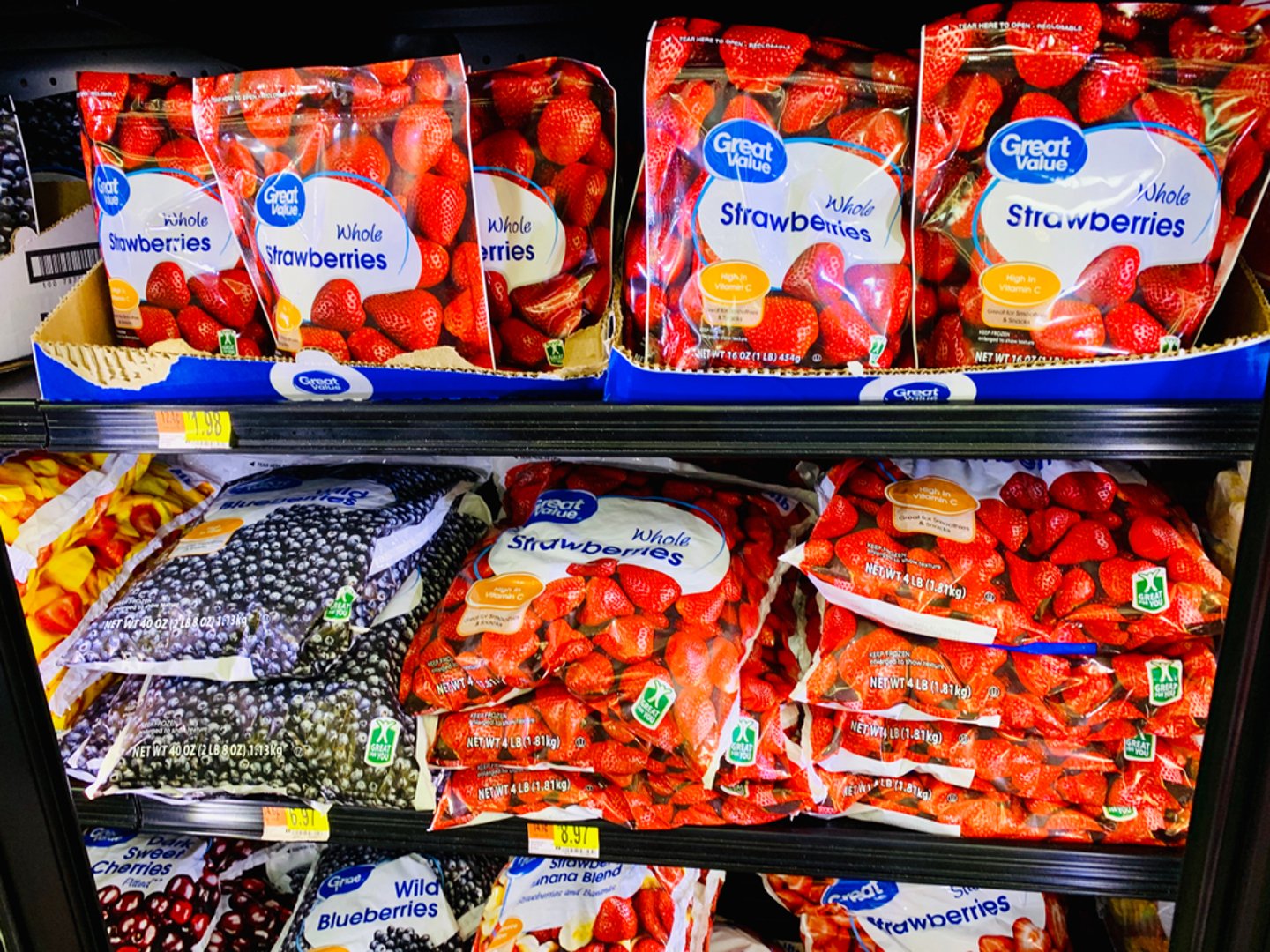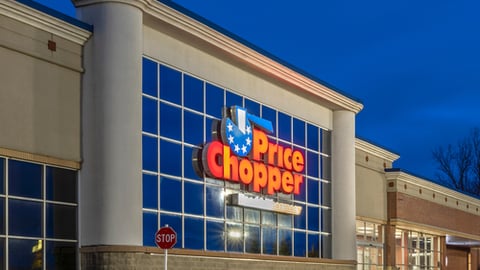Key Trends Driving Frozen Food Growth
A combination of factors including globally inspired flavors, evolving use of kitchen appliances, and growth in breakfast foods are among the emerging trends identified in a new report about the frozen food industry.
Developed by Conagra Brands, the Future of Frozen Food 2024 was developed using a combination of demand science expertise, combined with sales data from NielsenIQ, in-home consumption behaviors from Circana's National Eating Trends, and in-depth social media trend predictors from Black Swan Data to identify five trends in the U.S. frozen food department.
"The frozen food industry will continue to evolve with product innovation, flavor experimentation and changes to how and when people want to enjoy frozen food," said Bob Nolan, senior vice president of demand science at Conagra Brands.
According to the report, the U.S. is the world's largest frozen food marketplace. Eight in 10 Americans choose frozen food at least once weekly, and most consume them about four times each week. More than half of Americans have frozen food on hand, especially vegetables, and nearly half now own at least one secondary freezer.
Using a collection of sales data and insights on food consumption and preparation helped identify five trends driving frozen food innovation and growth in 2024:
• A Taste of Global Cuisine: Historically, more conventional 'meat-and-potatoes' and fewer bold flavors shaped frozen food aisles. Today, consumers are being exposed to a broader set of global flavors and cuisines. Asian-inspired foods, such as Indian and Korean BBQ, are rapidly influencing food preferences, as well as global cuisine-related social media trends in 2024.
• Frozen Foods Rising and Shining at Breakfast: The "most important meal of the day" is increasingly becoming a hot time of the day for frozen food consumption. Frozen croissant sandwiches, breakfast burritos and biscuit sandwiches are among the most popular items driving growth. Frozen breakfast sandwiches alone now account for $2.3 billion in sales. Time savings, variety, and both indulgent and healthy morning-time options are driving growth.
• Big Appetites for Bites and Mini Portions: Small in size but big on flavor, this frozen space has surged thanks to growing options which mirror increased snacking culture. Food producers are promoting bites and minis for portion control, healthier options, and quick satisfaction. In the past year alone recipes for bites and minis were included in more than three million internet searches.
• Fun and Convenient Kids Meals: Frozen foods that kids enjoy and are easy for parents to prepare have seen significant growth. Kid-friendly frozen food now generates more than $248 million in annual sales, up 122% over the past four years. Beyond convenience, taste and growing variety, families leverage frozen foods to help control food budgets and reduce food waste.
• The Air Fryer's Influence on Food Prep: The report notes air fryer ownership has jumped 27 points since 2020. As a result, the number of frozen foods with air-frying instructions has jumped 90% in the past four years. Air-fryer preparation often saves time, can be a healthier food prep option and emits less heat for year-round cooking.
"Americans increasingly want new, exciting and unique frozen food flavors," said Nolan, "These trends point to the vast possibilities for continued innovations."




